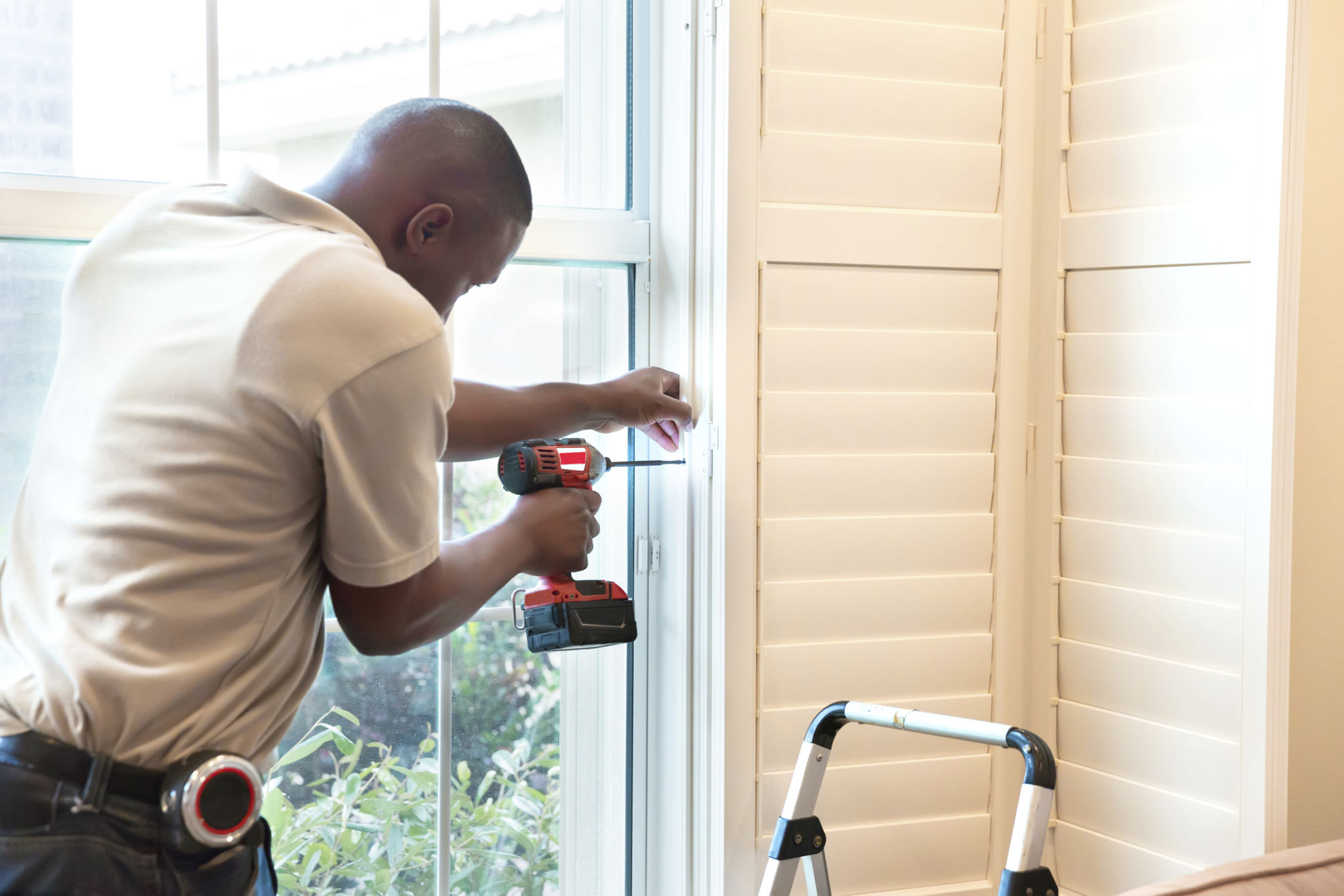DIY Tips for Installing Blinds: What to Know Before You Start
Understanding Your Blinds Options
Before diving into the installation process, it's essential to understand the different types of blinds available. Blinds come in various materials and styles, including wood, faux wood, aluminum, and fabric. Each type offers unique benefits in terms of aesthetics, durability, and functionality. Consider factors such as light control, privacy needs, and your home's overall decor when selecting blinds.
Additionally, measure your windows accurately to ensure that the blinds fit perfectly. For an inside mount, measure the width and height of the window opening and account for any obstructions like window handles. For an outside mount, determine how much overlap you'd like on each side for optimal coverage.

Gathering Your Tools and Materials
Once you've chosen your blinds, gather the necessary tools and materials for installation. Most blinds come with installation brackets and screws, but you may need additional items depending on your window type. Essential tools include a drill, screwdriver, level, tape measure, and pencil.
Having all tools at hand will streamline the process and help avoid unnecessary delays. If you're installing multiple blinds, it's also a good idea to label each set with its corresponding window location to prevent confusion.

Step-by-Step Installation Guide
Now that you're prepared, follow these steps for a successful installation:
- Mark the Bracket Locations: Use a pencil to mark where the brackets will be installed. This ensures that your blinds are level and evenly spaced.
- Install the Brackets: Drill pilot holes at the marked locations and secure the brackets with screws.
- Attach the Headrail: Snap the headrail of the blinds into the brackets. Make sure it's securely fastened.
- Test the Blinds: Lower and raise the blinds several times to check their functionality. Adjust if necessary.

Troubleshooting Common Issues
During installation, you might encounter some common issues. If your blinds are not level, recheck the bracket positions and adjust as needed. If the blinds don't raise or lower smoothly, inspect the headrail to ensure it's properly seated in the brackets.
If you encounter gaps on either side of the blinds when lowered, it might be due to inaccurate measurements or misalignment during installation. Double-check your measurements and adjust accordingly.

Maintenance Tips for Longevity
To maintain your blinds' appearance and functionality, regular maintenance is crucial. Dust them frequently using a soft cloth or a vacuum with a brush attachment. For deeper cleaning, check the manufacturer's guidelines as some materials may require specific cleaning methods.
Inspect the mechanisms periodically to ensure they are working smoothly. If you notice any cords fraying or brackets loosening, address these issues promptly to prevent further damage.

By following these DIY tips for installing blinds, you'll not only enhance your living space's aesthetic appeal but also gain practical benefits in terms of light control and privacy. Remember that while DIY projects are rewarding, seeking professional help is always an option if you encounter significant challenges. Happy installing!
